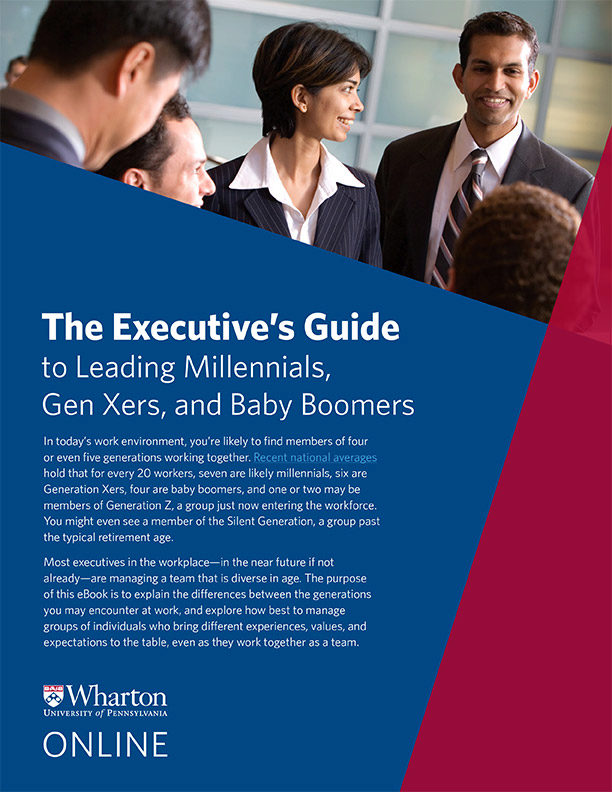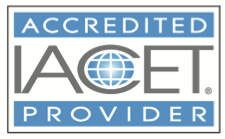
As organizations work tirelessly to foster more employee engagement, many companies find that members of their leadership teams are burning out faster and harder. Don’t get us wrong – offering challenges and growth opportunities are critical for most employees’ satisfaction. But when the organization places those high demands on any employee for prolonged periods, the risk for burnout skyrockets. In fact, a 2018 Gallup study discovered that almost half of employees constantly feel burned out. There’s no denying that Americans have a problem maintaining a healthy work-life balance.
Executives face an added level of stressors during their workday. Managing people means assisting colleagues through a variety of conflicts every day. Coaching employees through personality clashes and conflicting priorities can take an emotional toll on their managers. It is possible to achieve engagement while avoiding burnout. Here are seven steps to avoid executive burnout at your organization.
- Make managers more aware of burnout. Discuss the conditions that often lead to feelings of burnout, and encourage those in leadership positions to acknowledge and address overwhelming feelings when they arise. The more open and aware an organization is to the issue of executive burnout, the better it will be at helping people avoid and recover from it.
- Encourage team leaders to gain a better understanding of their team members as individuals. For example, which members of your team are currently working on a college degree? Who possesses valuable skills that are not being utilized? Are any of your team members already experiencing symptoms of burnout? Helping team members achieve their professional goals and attain their workplace needs will allow managers to lead more effectively. In addition, fostering a positive relationship with employees will reduce distrust, which slashes the chance of employee burnout by 70 percent.
- Base hiring decisions on skills, qualifications, and personality. Most executive burnout could be avoided by hiring personnel more carefully. What kind of person would best mesh with your existing team members? When you have the right people in the right positions, delegating tasks and managing projects will be so much easier.
Workplace relationship-building is of particular importance with millennial employees; Forbes indicates that they tend to struggle to connect with their colleagues, which can have a negative impact on the whole team’s performance. But when your team members get along and each one understands their unique role in the office, the Harvard Business Review says their productivity will increase by an average of 31 percent. - Provide avenues by which employees can vent their frustrations. We aren’t talking about complaining at the water cooler – rather, all employees need a time and place to express their anger, disappointment, and feelings of defeat. Whether they have failed to obtain a promotion or didn’t land a contract, people get mad. Bottling up those negative emotions contributes to burnout. Interns and executives alike will benefit from programs that allow them to release the negative feelings and move forward in a more positive manner.
- Provide executives with a variety of supplemental and social activities. The General Social Survey of 2016 demonstrated connections between loneliness at work and burnout, poor health, absenteeism, disengagement, and even premature death. Retreats, workshops, peer support groups, and coaching break up the work week and give managers the chance to refresh their professional perspective. When executives return to their teams from social activities, they will be able to leverage their experiences to boost morale for their whole team.
- Set restrictions on after-hours work tasks. Modern technology has made work totally portable for millions of people. As a result, a growing percentage of executives spend their evenings returning emails and finishing up projects. These night-time catch-up sessions have become such a problem that in 2017, France passed a law requiring employers to place restrictions on after-hours work. Executives could experience a swift and powerful boost in their workplace satisfaction just by putting their tablets away when they leave the office.
- Continuously assess executives’ workload and make sure nobody is carrying an unrealistic burden. People should not be expected to perform at superhuman levels for extended periods of time. When certain employees and executives possess a unique skill or an uncanny knack for above-average productivity, it cannot be used as an excuse to work those individuals into exhaustion. Giving executives and employees ample time to complete their work during regular business hours cuts their chances of feeling burned out by 70 percent.
How Will Your Company Avoid Executive Burnout?
Executive burnout is a growing problem with negative effects that can trickle down through the ranks of an entire organization. Responsible companies will take stock of their employees’ workloads and foster positive relationships among and between teams. For more practical tips to avoid executive burnout, check out Wharton Online’s E-book, The Executive’s Guide to Leading Millennials, Gen Xers and Baby Boomers.
Download our eBook: The Executive’s Guide to Leading Multi-Generational Teams
Many executives manage teams that span five generations: The Silent Generation, Baby Boomers, Generation X, Millennials, and Generation Z. Download our free eBook, “The Executive’s Guide to Leading Multi-Generational Teams,” for practical advice on how to communicate with, motivate, and manage each generation.




